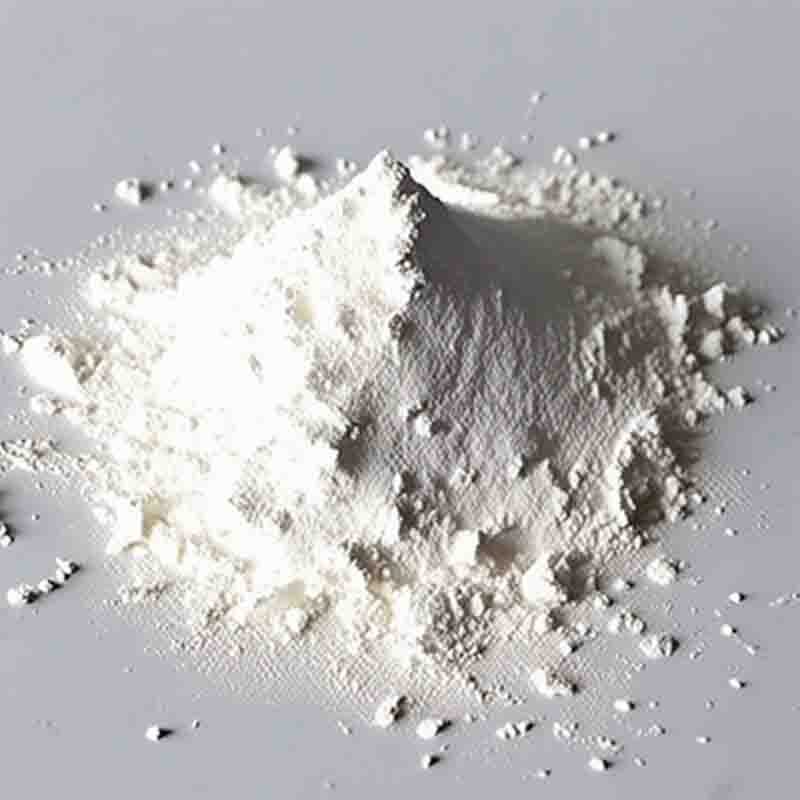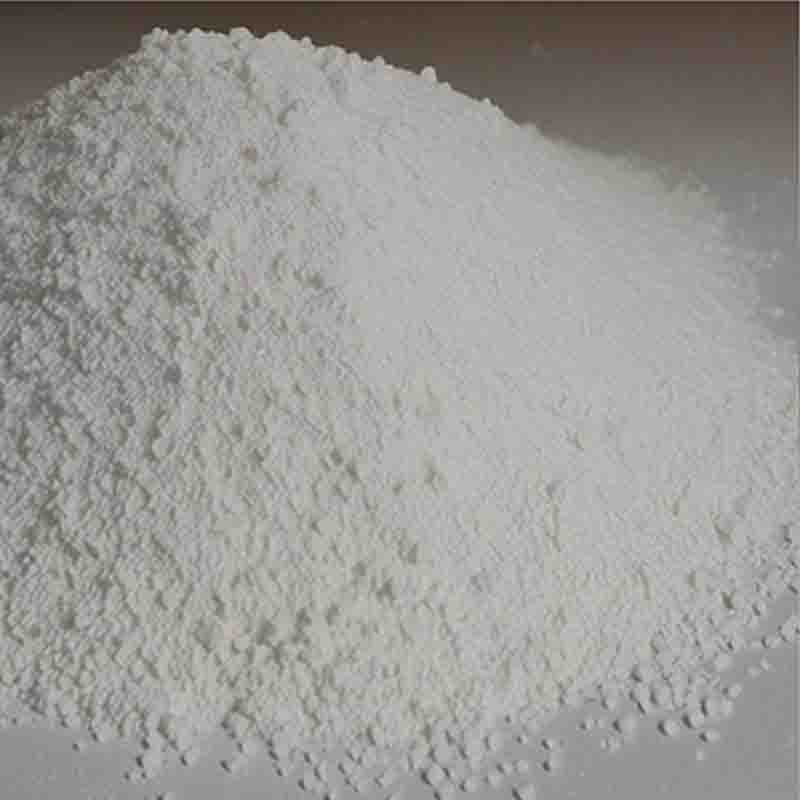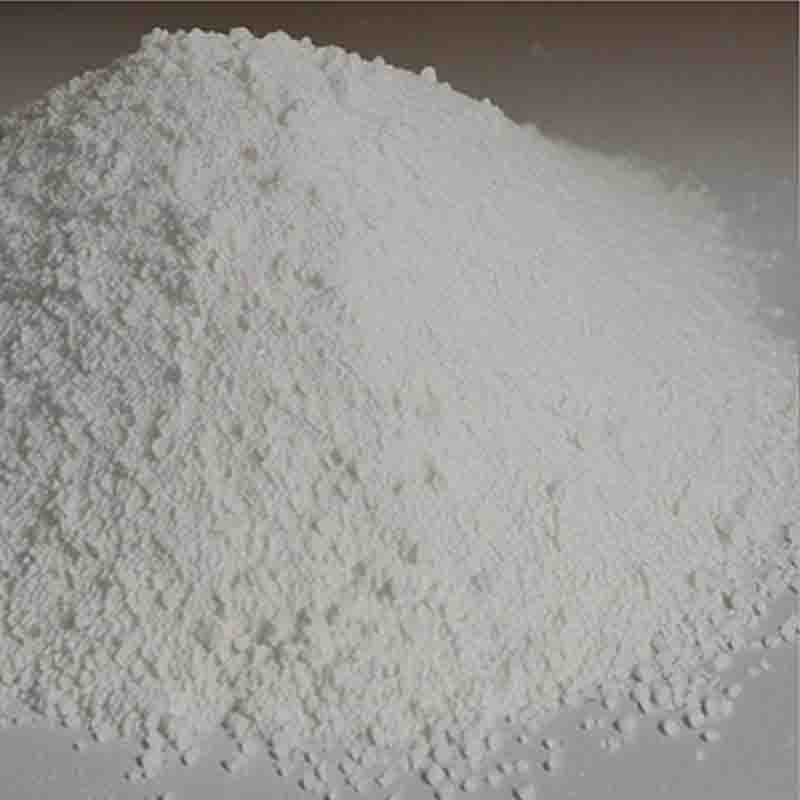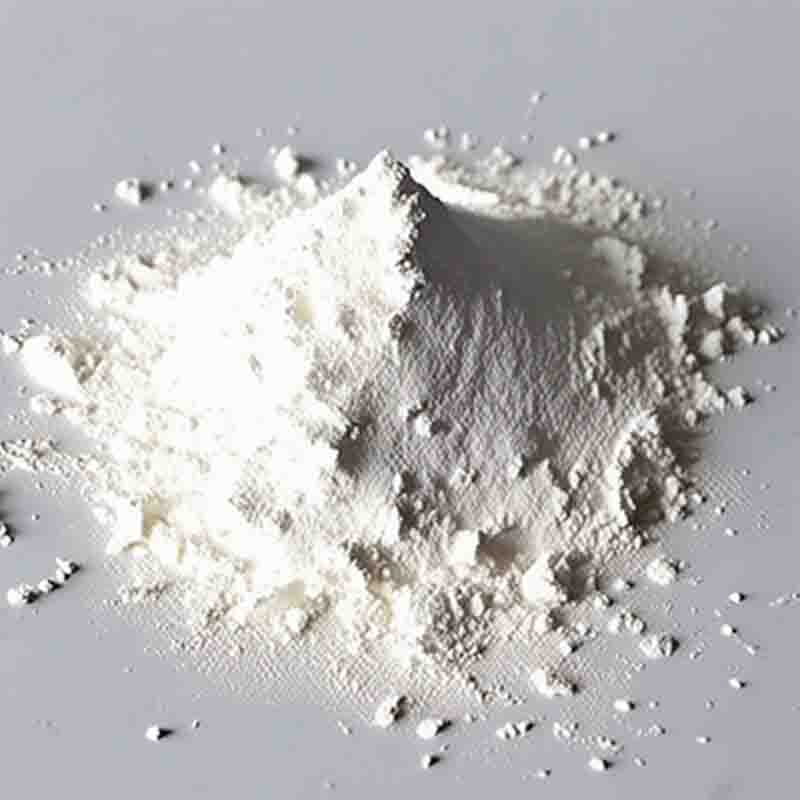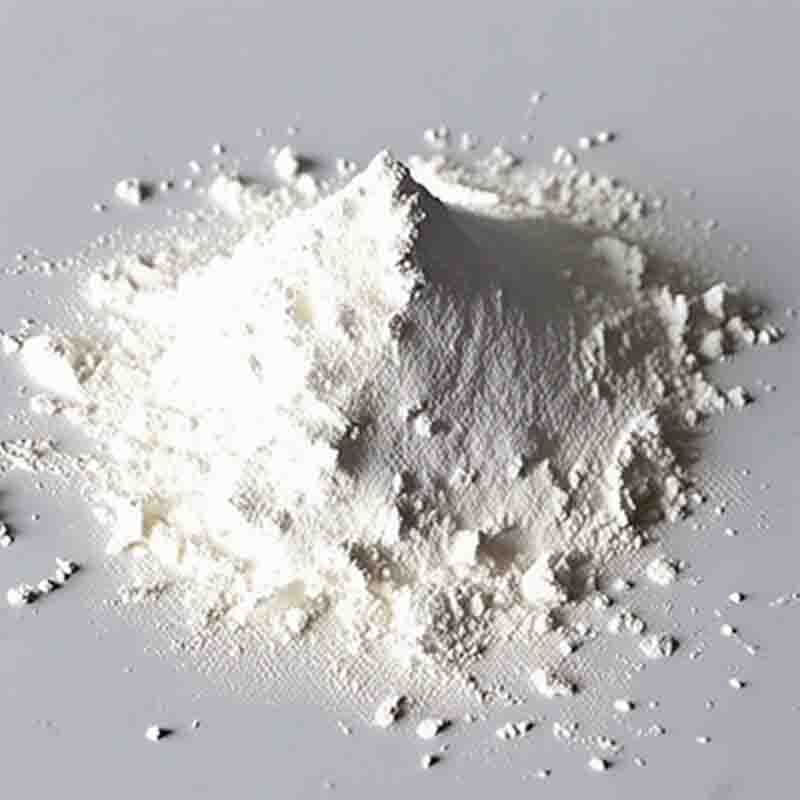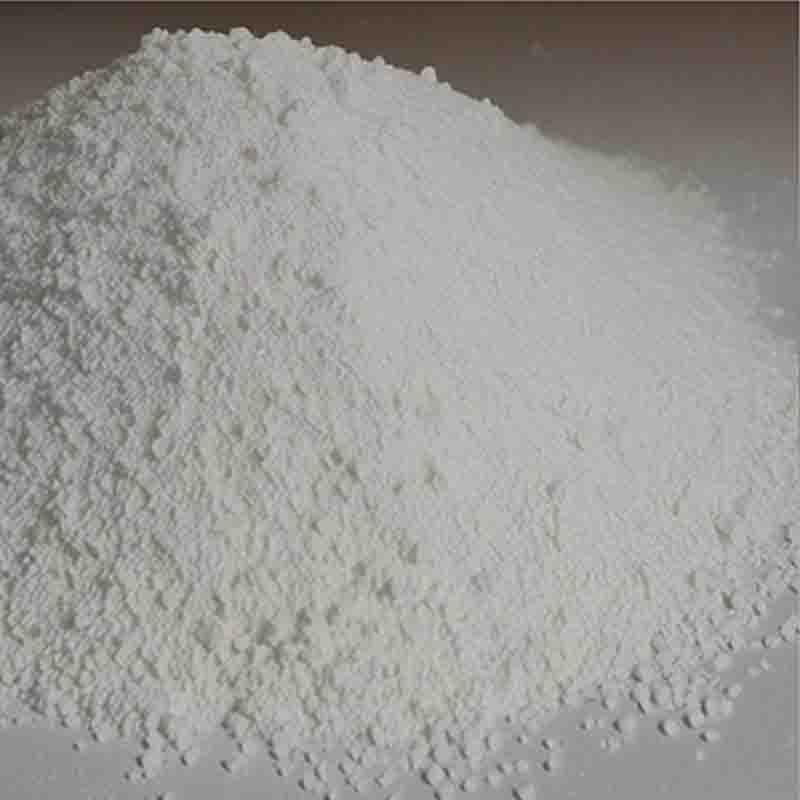(2R,3S/2S,3R)-3-(4-Chloro-5-fluoro-6-pyrimidinyl)-2-(2,4-difluorophenyl)butan-2-ol hydrochloride CAS: 188416-35-5
| Catalog Number | XD93900 |
| Product Name | (2R,3S/2S,3R)-3-(4-Chloro-5-fluoro-6-pyrimidinyl)-2-(2,4-difluorophenyl)butan-2-ol hydrochloride |
| CAS | 188416-35-5 |
| Molecular Formula | C16H13ClF3N5O |
| Molecular Weight | 383.76 |
| Storage Details | Ambient |
Product Specification
| Appearance | White powder |
| Assay | 99% min |
The compound (2R,3S/2S,3R)-3-(4-Chloro-5-fluoro-6-pyrimidinyl)-2-(2,4-difluorophenyl)butan-2-ol hydrochloride, also known as its systematic name, is a chemical compound with potential application in pharmaceutical research and drug development. Its molecular structure contains several important functional groups that contribute to its potential uses in the field of medicine.One of the primary applications of (2R,3S/2S,3R)-3-(4-Chloro-5-fluoro-6-pyrimidinyl)-2-(2,4-difluorophenyl)butan-2-ol hydrochloride lies in its potential as a therapeutic agent. The combination of the chloro, fluoro, and difluorophenyl groups in the compound's structure suggests possible interactions with specific biological targets. Researchers often explore the compound's effects on various enzymes, receptors, or signaling pathways as part of drug discovery efforts.Furthermore, the presence of the hydroxyl group in (2R,3S/2S,3R)-3-(4-Chloro-5-fluoro-6-pyrimidinyl)-2-(2,4-difluorophenyl)butan-2-ol hydrochloride allows for the modification of its chemical structure, providing opportunities to optimize its biological activities. Synthetic chemists can introduce additional functional groups or alter the stereochemistry to enhance or diversify its potential therapeutic properties. Such modifications can improve the compound's solubility, stability, and selectivity towards specific biological targets, making it a promising starting point for drug development.The chlorine and fluorine substituents in the compound also contribute to its potential use as an imaging agent. Fluorine-containing compounds, in particular, are often utilized in positron emission tomography (PET) or magnetic resonance imaging (MRI) techniques to enhance contrast and improve visualization of specific tissues or organs. Researchers may investigate the ability of (2R,3S/2S,3R)-3-(4-Chloro-5-fluoro-6-pyrimidinyl)-2-(2,4-difluorophenyl)butan-2-ol hydrochloride to selectively accumulate in certain disease sites or to bind to specific biomarkers for diagnostic purposes.Moreover, (2R,3S/2S,3R)-3-(4-Chloro-5-fluoro-6-pyrimidinyl)-2-(2,4-difluorophenyl)butan-2-ol hydrochloride could also serve as a valuable tool for studying biological processes. The compound's structural features and potential interactions with cellular components make it suitable for investigating biochemical pathways or cellular responses in experimental settings. Researchers may utilize the compound to probe specific targets or elucidate underlying mechanisms of disease or biological functions.It is essential to note that the uses mentioned above are based on the compound's structural characteristics and potential activities, and further studies are necessary to validate and explore its full range of applications. The compound's use in medical research is an active area of ongoing investigation and optimization, with the aim of developing novel therapeutics, diagnostic agents, or research tools to address unmet medical needs.In conclusion, (2R,3S/2S,3R)-3-(4-Chloro-5-fluoro-6-pyrimidinyl)-2-(2,4-difluorophenyl)butan-2-ol hydrochloride holds promise in pharmaceutical research and drug development. Its distinct molecular structure, incorporating functional groups with potential biological interactions, presents opportunities for therapeutic development and biomedical applications such as imaging and scientific investigations. Continued research endeavors will determine the compound's full potential, aiming to improve patient care and advance our understanding of complex biological processes.


